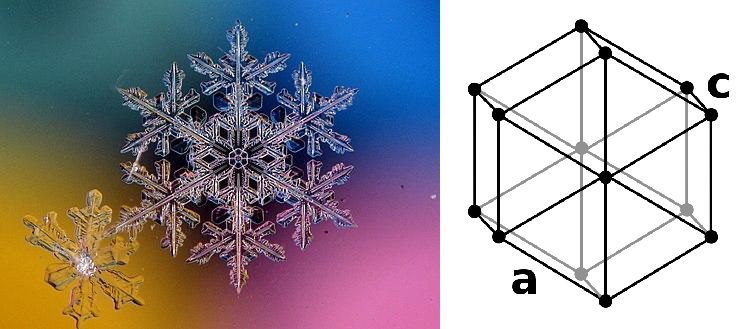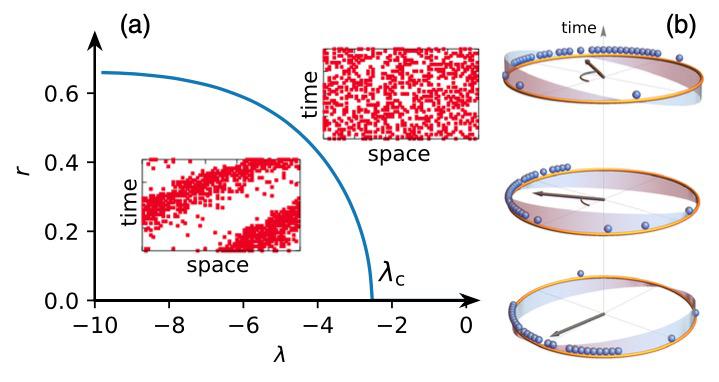Rare events and time crystals
The concept of crystal is very old, and it is strongly related to symmetries. Basically, a crystal is a system with a repeated pattern through space. For instance, in ice the water molecules form a hexagonal pattern, giving rise to many different macroscopic forms.

But, can it happen that a system presents a pattern not through space but through time? It can, as it was conjectured by Frank Wilczek (MIT). These systems are called Time Crystals, and they are basically a system that changes in time by repeating a space pattern periodically.
Researchers from the Carlos I Institute, in collaboration with Tübingen University, have developed a new way 1 to build time crystals by observing untypical behaviours in non-equilibrium systems.
This new method is based on observing two parameters, the particle current and the “packing” properties in a system. In most cases, the currents are typical, and the system is disorganized. It happens that from time to time you can find an unexpected current (much higher or smaller than the typical). This happens when the particles of the system stop behaving erratically and pack into a small region of the system. At this moment they travel together giving rise to a time periodicity in the system, a.k.a., a time-crystal.

These results open the door to a better understanding of time crystals as well as to new technological possibilities.
Author: Daniel Manzano on behalf of Instituto Carlos I
References
- R. Hurtado-Gutiérrez, F. Carollo, C. Pérez-Espigares, and P. I. Hurtado (2020) Building Continuous Time Crystals from Rare Events Phys. Rev. Lett. doi: 10.1103/PhysRevLett.125.160601 ↩